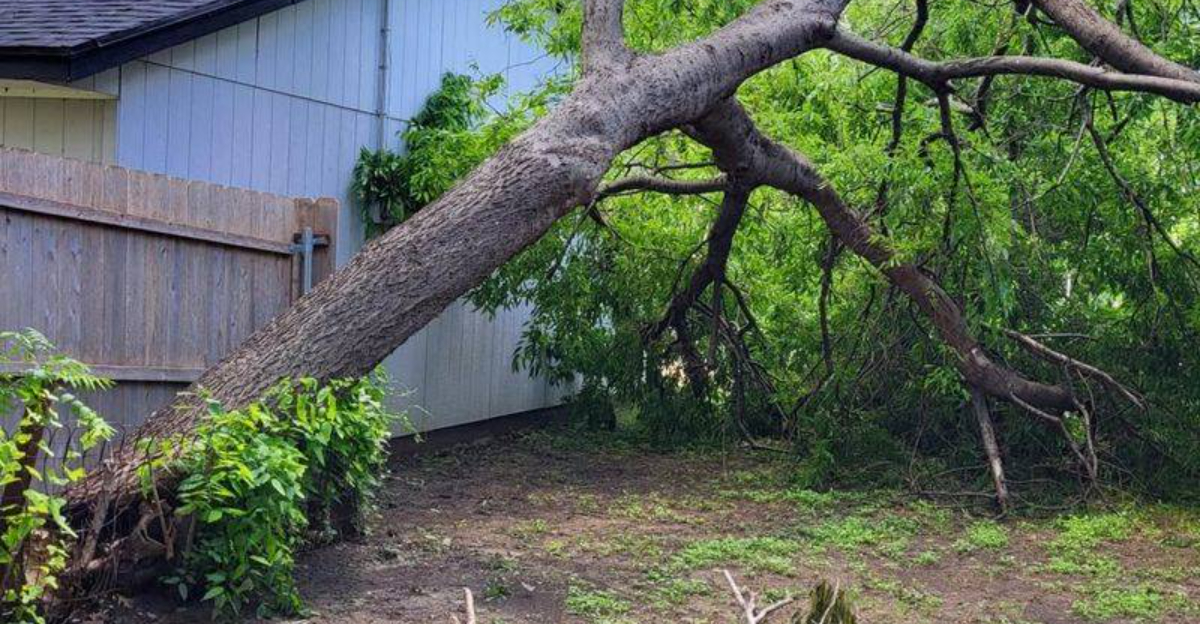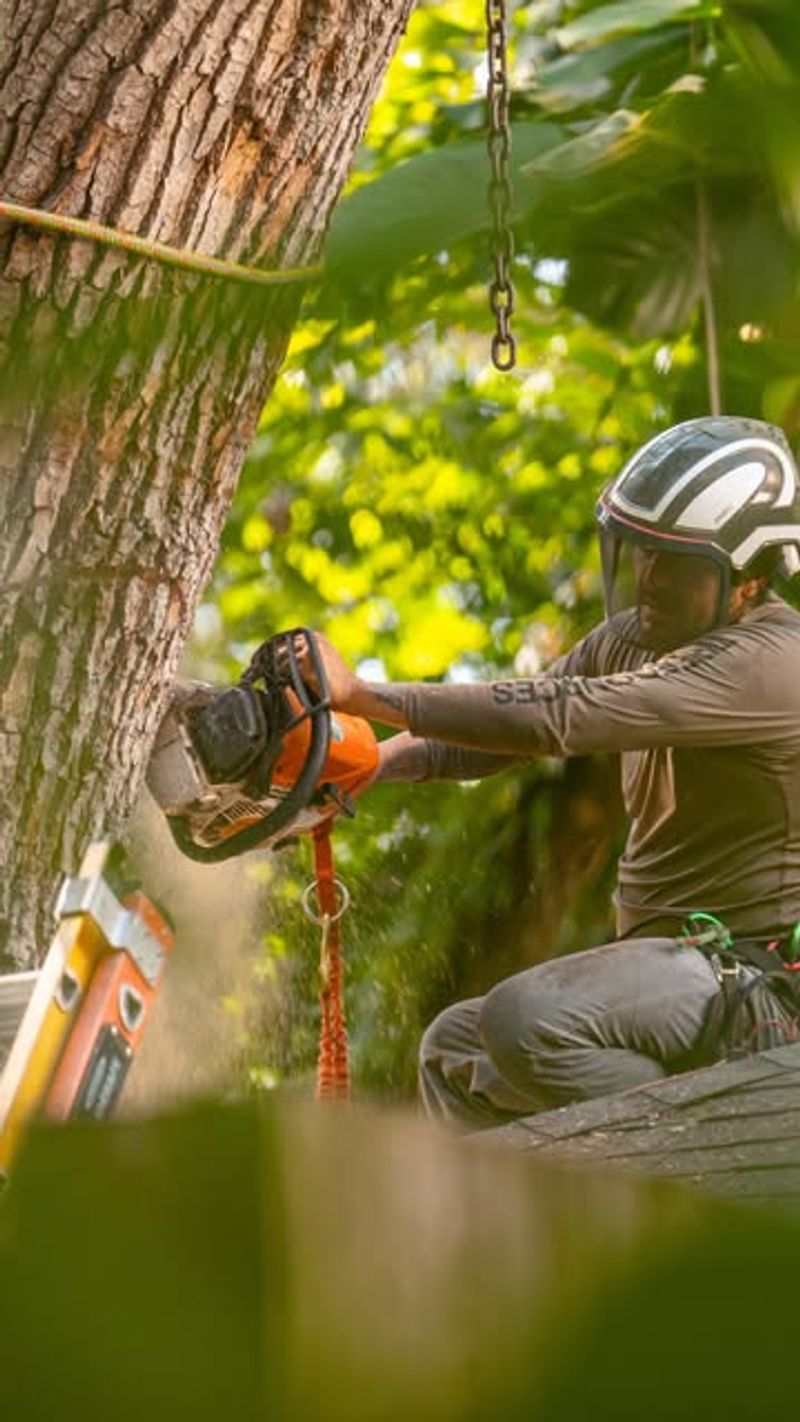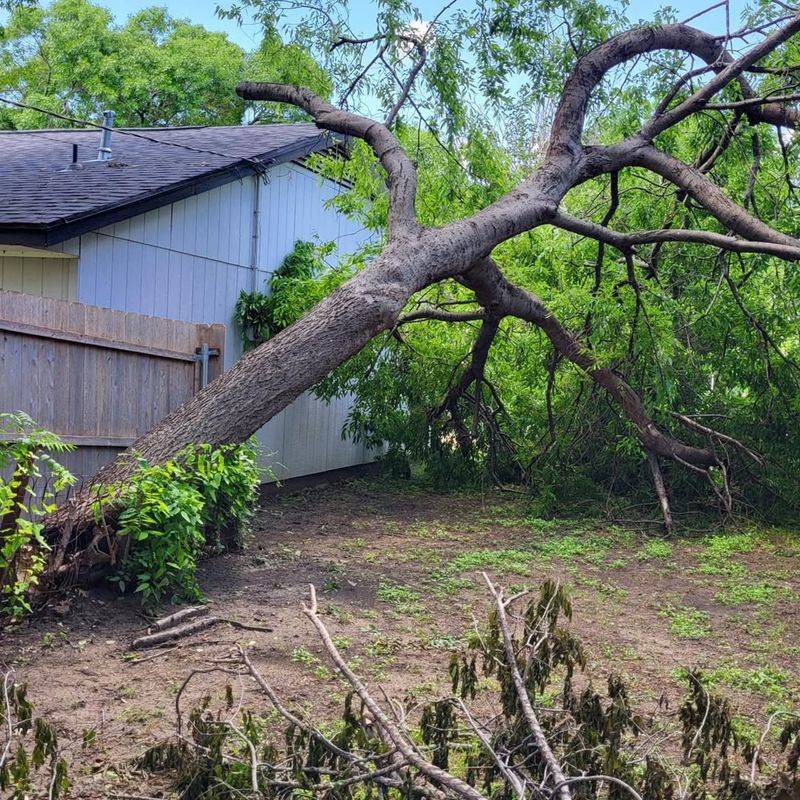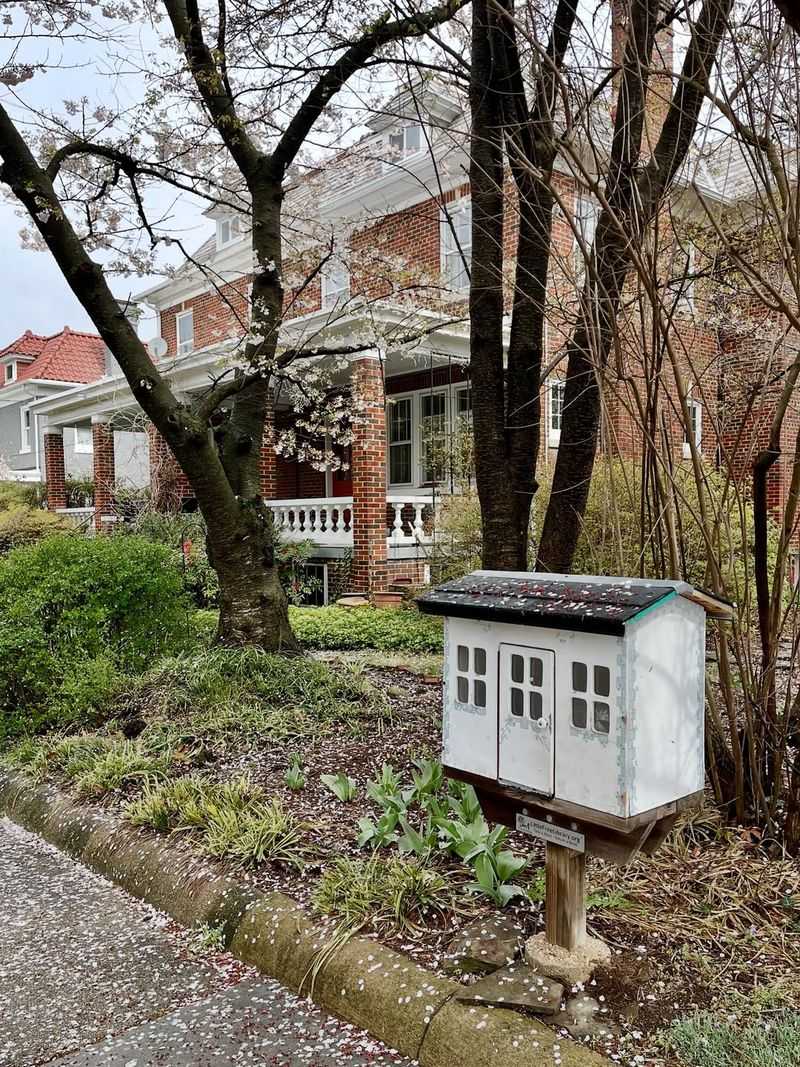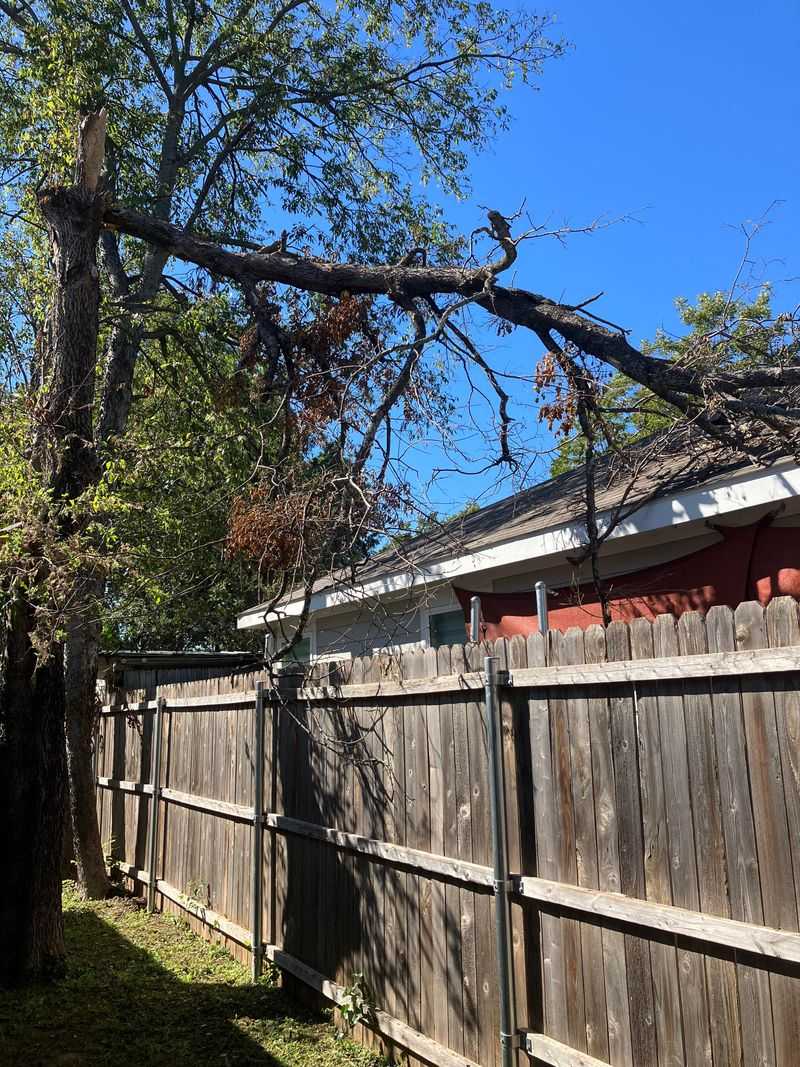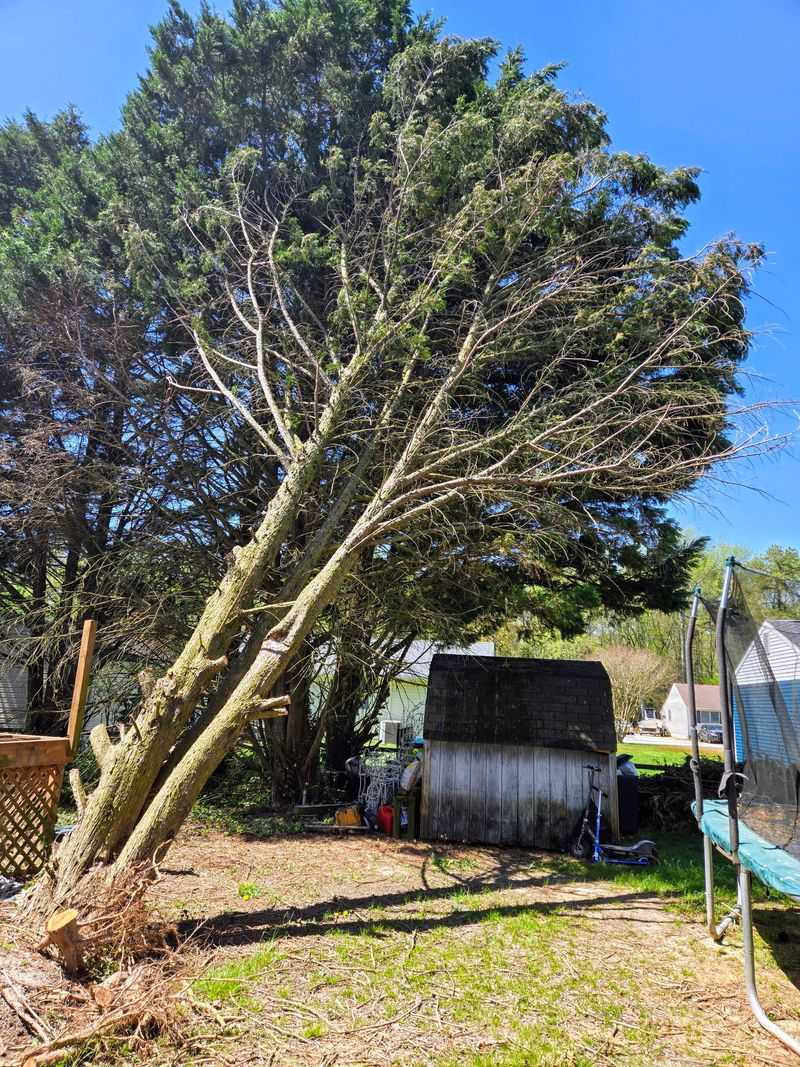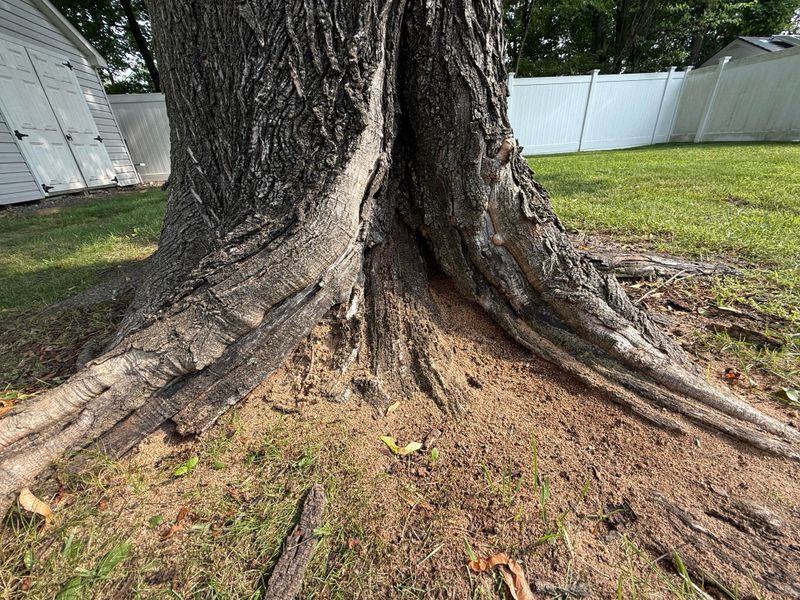Trees add beauty, shade, and character to neighborhoods across Washington.
They enhance property value, provide environmental benefits, and help create peaceful outdoor spaces.
However, when a neighbor’s tree falls or causes damage, the situation can quickly become complicated and stressful.
Many homeowners are unsure who is responsible for repairs, and assumptions often lead to conflict or unexpected costs.
Understanding Washington’s rules on tree ownership, liability, and maintenance can help you handle these situations calmly and confidently.
Here are the essential things you need to know if a neighbor’s tree damages your Washington property.
Understanding Liability
Liability can be one of the trickiest parts of dealing with tree-related damage.
When a neighbor’s tree harms your home, the first question most people ask is who will be responsible for paying the repair bill.
Many homeowners are surprised to learn that liability often depends on whether the tree owner was negligent.
Negligence happens when a person fails to take proper care of their tree, especially when signs of danger were obvious and ignored.
If the tree was visibly hazardous, diseased, or damaged, and your neighbor chose not to take action, they may be held responsible for the resulting damage.
However, if the tree appeared healthy and showed no signs of trouble, the situation becomes more complicated.
Washington law generally views falling trees during storms or natural events as “acts of nature,” meaning no one is at fault.
Before making assumptions, it’s helpful to talk with your neighbor and calmly explain what happened.
A friendly conversation can prevent unnecessary tension and might lead to an easy resolution.
If needed, seeking advice from a Washington property law attorney can help you better understand your legal position and options.
Visible Signs Of Risk
Identifying visible signs of tree danger is one of the best ways to prevent problems before they happen.
A tree that leans dramatically to one side may indicate root instability or internal decay.
Withered branches hanging overhead can fall unexpectedly and cause serious damage, even without a storm.
Cracks in the trunk or peeling bark can signal disease or structural weakness that needs immediate attention.
Mushrooms or fungus growing at the base of the tree often point to rot, which can compromise the tree’s stability.
If you observe any of these warning signs on a neighbor’s tree, it’s wise to notify them as soon as possible.
Your neighbor may not have noticed the issue, so providing photos or documentation can be helpful.
Encouraging them to call a certified arborist can lead to proactive maintenance and prevent costly damage later on.
Professional evaluations carry weight in potential disputes, making them a smart step for both sides.
Insurance Coverage
Insurance plays a major role in handling tree damage claims in Washington.
Most homeowner’s policies cover damage from falling trees, including those that originate on a neighbor’s property.
However, understanding the details of your coverage is essential.
Your policy may require you to pay a deductible before repairs are covered, and you should know your coverage limits.
If your neighbor’s tree falls due to natural causes, your own insurance company typically handles your claim.
Your insurer may later seek compensation from your neighbor’s insurance if negligence was involved.
Reporting damage promptly helps streamline the claims process and reduces delays in receiving payment.
An insurance adjuster may visit your property to review the damage and confirm the cause.
Open communication with your insurer ensures you understand what is covered and what steps to take moving forward.
Communication Is Key
Clear communication with neighbors is one of the easiest ways to prevent misunderstandings when dealing with tree issues.
Approaching the conversation politely can set the tone for cooperation rather than conflict.
Sharing your concerns without accusation helps your neighbor understand that your goal is safety, not blame.
Suggesting potential solutions, such as hiring an arborist or trimming problem branches, can lead to productive discussions.
When both parties work together, it becomes much easier to maintain a safe and friendly neighborhood environment.
Open communication often leads to shared solutions that benefit everyone.
Building good relationships with neighbors also makes future conversations easier when other issues arise.
Legal Action Considerations
Taking legal action is sometimes necessary, but it should never be the first step.
Suing a neighbor over tree damage can strain relationships and prolong the resolution process.
Before considering legal action, it is important to document everything thoroughly.
Photos, written warnings, and arborist reports can become crucial evidence if a dispute escalates.
Make sure you’ve explored all peaceful resolution methods first, including direct discussions and mediation.
Consulting with a lawyer who specializes in property issues can help you understand the strength of your case.
They can also explain how Washington’s specific property laws apply to your situation.
Knowing your legal rights empowers you to make informed decisions without jumping prematurely into conflict.
Preventing Future Issues
Preventing tree-related problems is far more cost-effective and far less stressful than dealing with the aftermath of fallen branches, damaged roofs, or uprooted trees.
Regular tree maintenance—including scheduled trimming, annual pruning, and routine health inspections—can significantly reduce the risk of unexpected failures that lead to property damage.
Professional arborists recommend periodic evaluations because many signs of disease, insect infestation, or root instability are not easily visible to the untrained eye.
Catching these issues early can prevent expensive emergencies later and preserve the long-term health of the trees on or near your property.
Encouraging your neighbor to maintain their trees is just as important as managing your own, because trees do not observe property boundaries and their health affects everyone nearby.
Approaching the topic in a friendly, collaborative manner often opens the door to positive cooperation rather than conflict or defensiveness.
When both homeowners recognize that a problem tree threatens more than one property, they may be more willing to take action before a storm or strong winds turn a minor issue into a major one.
In many cases, neighbors choose to share the cost of tree trimming or removal when the tree sits near a property line, affects shared spaces, or poses mutual risks.
Check Local Ordinances
Local Washington ordinances play a significant role in determining how tree-related disputes are managed, especially when it comes to responsibility for maintenance and liability for damages.
These municipal and county-level rules are designed to protect both private property owners and the broader community, ensuring that trees are cared for properly and do not pose unnecessary risks.
Many areas in Washington have specific regulations addressing issues such as trimming overhanging branches, maintaining visibility around driveways, or keeping tree roots from interfering with sidewalks and public walkways.
Some cities even require homeowners to monitor and maintain any trees positioned near public rights-of-way, meaning you may be responsible for hazards that affect streets, sidewalks, or utility lines even if the tree is on your private property.
Understanding these rules is especially important because failure to comply can sometimes result not only in civil liability but also in fines or enforcement actions from local authorities.
Because these ordinances vary greatly between Washington counties and municipalities, homeowners cannot rely on broad state-level assumptions when determining what they are legally required to do.
For example, a rule in Seattle may differ from a rule in Spokane, and what applies in Pierce County may not apply in King County, so researching the standards specific to your ZIP code is essential.
.
Neighbors’ Responsibility
A neighbor’s legal responsibility for tree damage often hinges on whether they knew or reasonably should have known that the tree posed a potential hazard.
Washington law generally requires property owners to maintain their trees in a safe and healthy condition, especially when there are clear warning signs that the tree could cause damage.
If a neighbor is aware that their tree is diseased, unstable, or structurally compromised and chooses not to take action, they may be considered negligent and therefore liable for resulting damage.
Negligence becomes more likely when visible symptoms—such as withered branches, trunk cracks, fungal growth, or significant leaning—have been pointed out to the tree’s owner and ignored.
However, proving that someone had actual or constructive knowledge of a hazardous tree can be challenging, because not every homeowner understands or recognizes the significance of early warning signs.
This is why keeping a written record of conversations, text messages, or emails regarding your concerns can help establish a clear timeline showing that the issue was brought to their attention.
Understanding Tree Ownership
Tree ownership isn’t always as straightforward as most homeowners assume, especially in Washington where property lines, easements, and shared boundaries can complicate matters.
When a tree trunk sits entirely on your neighbor’s property, the law typically considers the tree to be solely theirs, which means they are generally responsible for its maintenance and any hazards it presents.
However, when a tree trunk grows directly on the property line—meaning it physically occupies land belonging to both owners—the tree is classified as a shared or “boundary” tree under Washington law.
Boundary trees create shared ownership, which also means shared responsibility for maintenance, care, and in some cases, liability if the tree causes damage due to neglect.
This shared responsibility can become especially important when decisions must be made about trimming, pruning, or removing the tree, because neither party has the legal right to act independently without the other’s consent.
Seek Professional Help
Working with a certified arborist can make a tremendous difference when you are dealing with questionable, aging, or potentially hazardous trees on or near your Washington property.
Arborists are trained to evaluate tree health, structure, and stability, which allows them to identify hidden risks that the average homeowner might easily overlook.
Their expertise is especially valuable because many early warning signs of decay, disease, or root damage are not visible to someone without specialized training.
In situations where tree condition becomes a point of dispute between neighbors, a certified arborist’s written evaluation often carries legal weight and can help clarify whether a tree posed a known hazard.
These professional assessments can be used to support your case during insurance claims or potential legal actions, making them an important tool for documenting the tree’s condition and history.
Hiring a professional arborist is sometimes a shared expense when a tree affects both properties, particularly if it sits near the boundary line or presents mutual risks.

